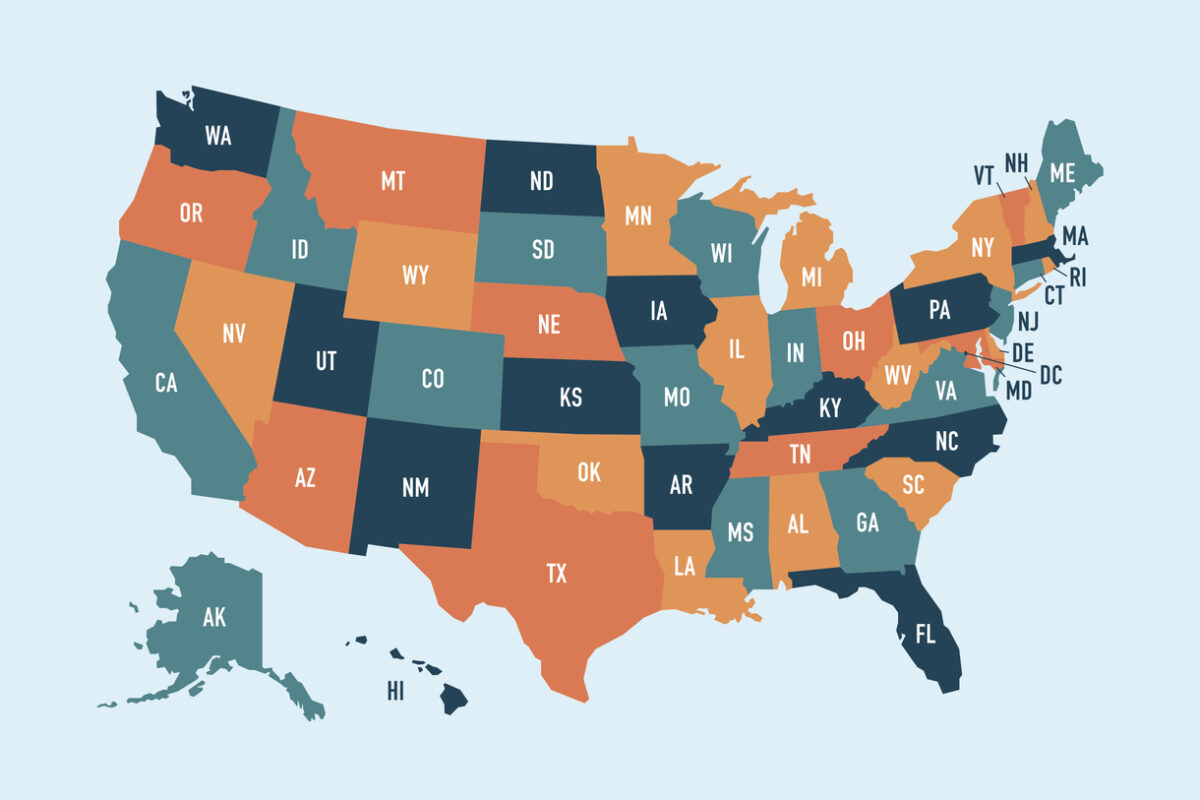What Will it Take to Solve Higher Education’s Data Problem?
Published May 13, 2014
Washington, D.C., March 6, 2014—The million-dollar question facing all higher education constituencies involves the concept of “value:” Which institutions provide it to which students in what quantities? Although existing data serve as important signals in the higher education marketplace, they do not adequately address the myriad concerns of the postsecondary community. For students, better data are needed to inform college choice and decision making; for institutional leaders, better data are needed to improve programs and services; and for policymakers, better data are needed to drive funding decisions.
Through its work with the “Reimagining Aid Design and Delivery” (RADD) project, the Institute for Higher Education Policy (IHEP) released today a new report, Mapping the Postsecondary Data Domain: Problems and Possibilities, outlining how existing national data sets can be amended, added to, or linked together. In an attempt to fill the gaps in our data infrastructure, the paper reviews recent efforts in the field to identify a common set of measures aimed at answering key questions, such as:
- Which students have access to which colleges?
- How many—and which—students complete college?
- How much does college cost, and how do students pay?
- What outcomes do students experience after college in the workplace and society?
The paper, along with its accompanying technical report, then maps these measures against current data systems like the Integrated Postsecondary Education Data System and the National Student Loan Data System, and moves forward with identifying gaps in knowledge about postsecondary institutions, and proposing improvements that would fill those gaps. Recommendations include details that could inform the development of the Postsecondary Institution Ratings System (PIRS), complementing IHEP’s written comments on the PIRS that were submitted to the U.S. Department of Education in January 2014.*
“Our current postsecondary data systems were not designed with today’s needs in mind. They have many limitations, leaving them unable to answer core questions facing students, policymakers, or, even more, colleges and universities,” said IHEP President Michelle Asha Cooper, Ph.D. “We can no longer afford to leave vital questions unanswered."
Mapping the Postsecondary Data Domain is a product of the RADD Consortium on Simplification and Transparency, which includes seven organizations that are joining together to explore ways to simplify the college admissions and financial aid process and make it more transparent. Other consortium partners include: Center for Law and Social Policy, the College Board, National College Access Network, New America, the U.S. Chamber of Commerce Foundation, and Young Invincibles.
“America’s business leaders recognize the role that postsecondary data play in developing a well-educated workforce,” said Cheryl Oldham, vice president of the U.S. Chamber of Commerce Foundation. “This report highlights the importance of collecting and reporting data to empower consumer decision making that will ultimately determine their path and entry into the 21st-century workforce.”
The recommendations outlined in this paper will aid those who work most closely with students and families. “Our members consistently call for better data to help inform their students’ college decisions,” said Kim Cook, executive director of the National College Access Network. “IHEP’s new report takes a critical look at the adequacy of postsecondary data sources and makes specific recommendations that would provide students—and those who advise them—with the information they need.”
Supported by the Bill & Melinda Gates Foundation, the RADD project is intended to accomplish two goals: (1) To shift the national conversation on federal financial aid toward ideas that will make college more affordable, while giving students the support and encouragement they need to earn their degree or credential; and (2) to seed the field with innovative policies that can make that happen.
To download a copy of Mapping the Postsecondary Data Domain: Problems and Possibilities or for more information about IHEP’s work in the RADD project, visit the organization’s website at www.ihep.org. Also, follow IHEP and PostsecData on Twitter at @IHEPTweets and @PostsecData.
*Editor’s Note: A copy of IHEP’s written comments about the PIRS may be found at www.ihep.org/radd.cfm.


